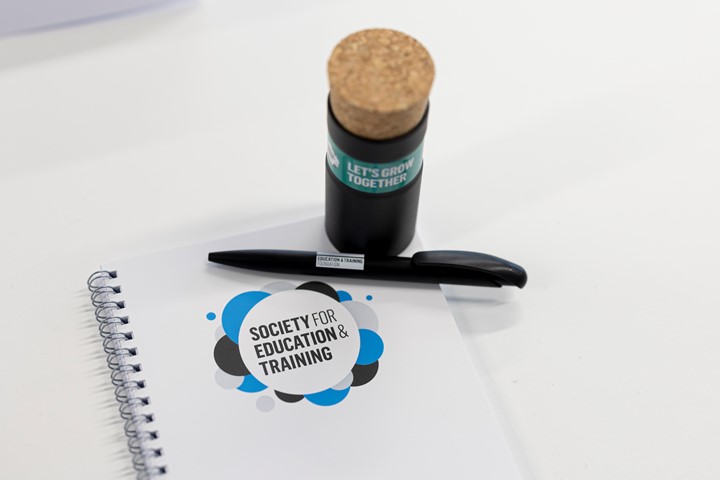Intuition taster: The big idea
Gilly Salmon (2011, 2013) encouraged us to scaffold and support our learners throughout their online learning with her Five Stage Model, writes Daniel Scott.
Daniel ScottIt describes how learners typically access material online and connect with others, and helps eTutors (online tutors) to promote structure and engagement that builds confidence for their learners. There is a missed opportunity for teachers and assessors to use this model to support their own digital skills and confidence in online learning, as well as developing your digital practices to use synchronous and asynchronous digital technologies.
Like your learners, you will appreciate support and guidance when learning online, from accessing eLearning activities through to participating in them. Use and adapt the Five Stage Model to your role with your selected digital tool or system.
Access and motivation – identify the purpose of application and associated tasks; create account/receive credentials; navigate and familiarise yourself with key features and functions; locate where to get help/who can help/technical assistance.
Online socialisation – establish your online identity by connecting and networking with like-minded peers. Information exchange – share potential teaching ideas; identify what you have learned about the tool/system.
Knowledge construction – design and run a practice activity with peers. Development – critically reflect on your findings and practice; demonstrate and apply your skills and confidence; seek feedback from peers.
Daniel Scott is digital practice adviser at Nottingham Trent University. The Five Stage Model features in Chapter 3 of Daniel’s book Learning Technology: A Handbook for FE Teachers and Assessors. Twitter: #LTbookFE
References
- Salmon, G (2011) E-Moderating: The Key to Online Teaching and Learning (3rd edition). New York: Routledge.
- Salmon, G (2013) E-Tivities: The Key to Active Online Learning (2nd edition). New York: Routledge.





